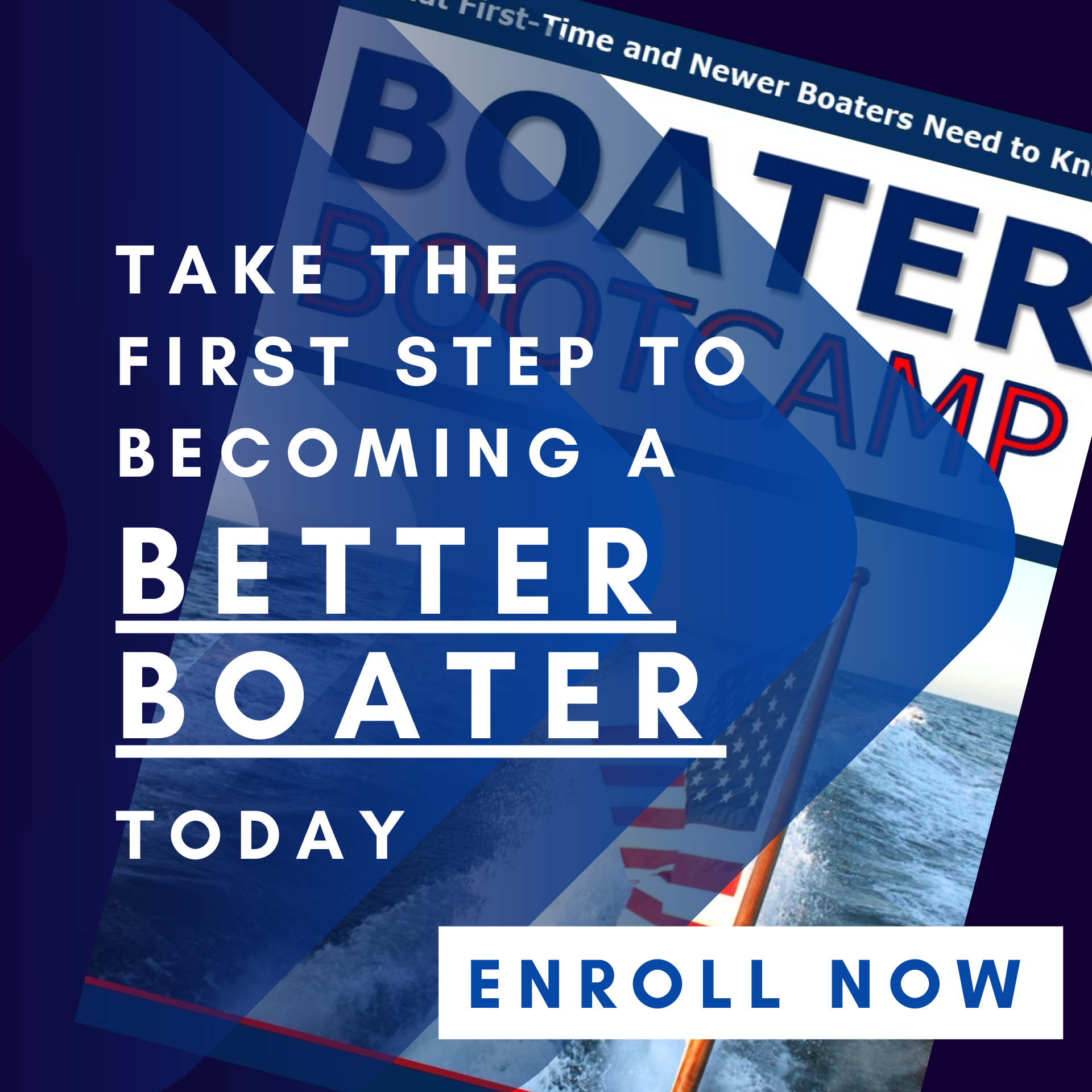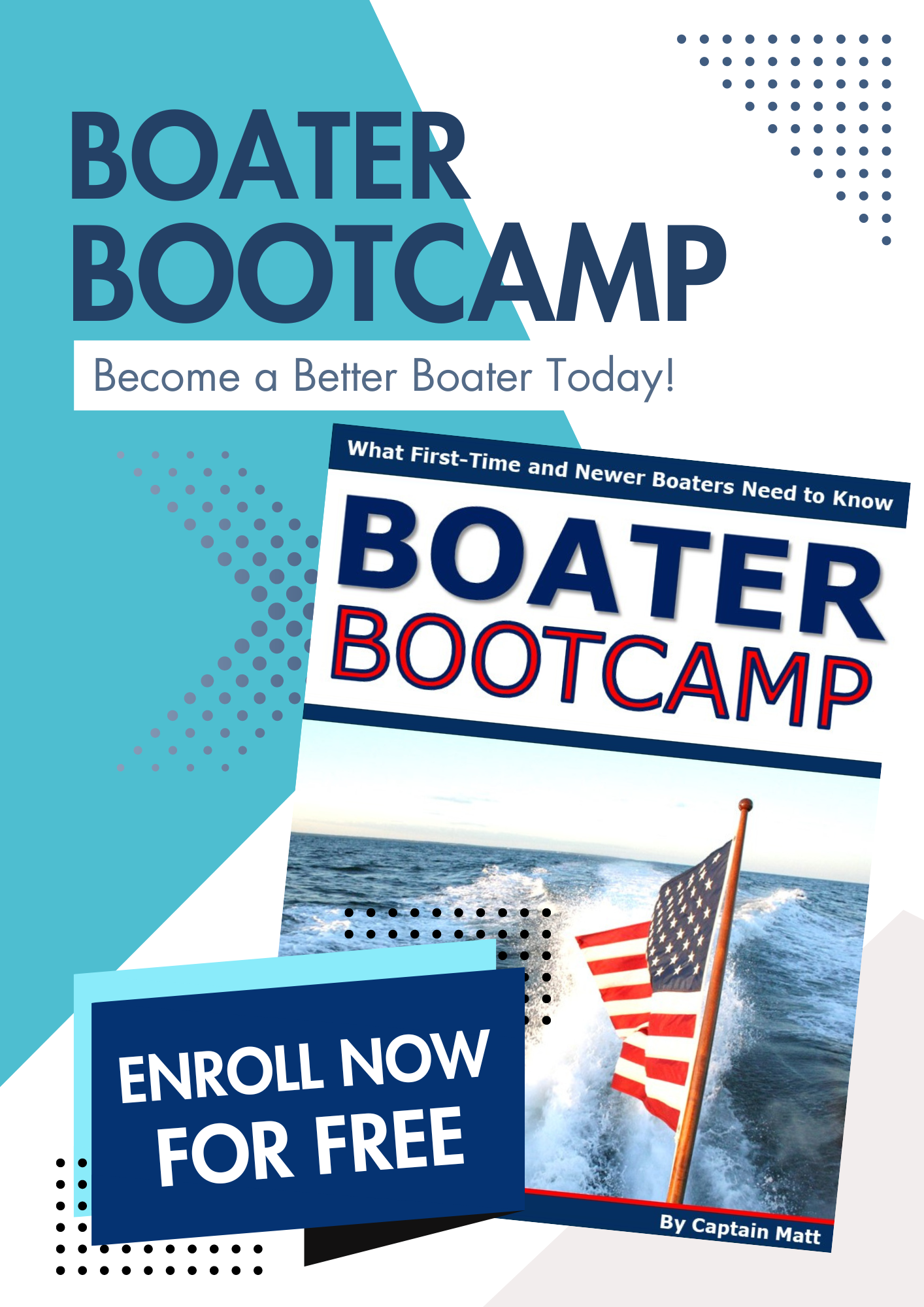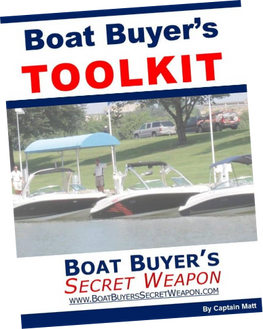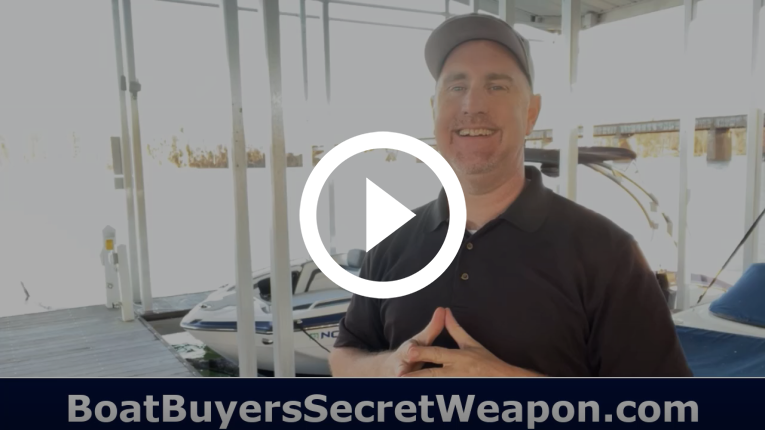In this video about VHF radios, Captain Matt covers several important points:
- You can connect your VHF radio to your GPS using a NMEA 2000 cable to transmit GPS coordinates.
- The "red tab" on your VHF radio's DSC button sends a digital text message in a distress situation, including GPS coordinates, to the Coast Guard and nearby vessels.
- Different VHF radio channels have specific purposes, such as channel 16 for emergencies and hailing, and channels 68, 69, 71, and 72 for boater communication.
- Properly adjusting your squelch helps you hear stronger or weaker signals based on your needs.
- Know when to use "mayday" for life-threatening emergencies and "pan-pan" for non-life-threatening situations.
- Remember that VHF radios are not toys; using them incorrectly can result in significant penalties, so they should be used for serious and legitimate purposes.
- You can perform a radio check before going offshore, but don't use channels 16 or 9 for this purpose.

















